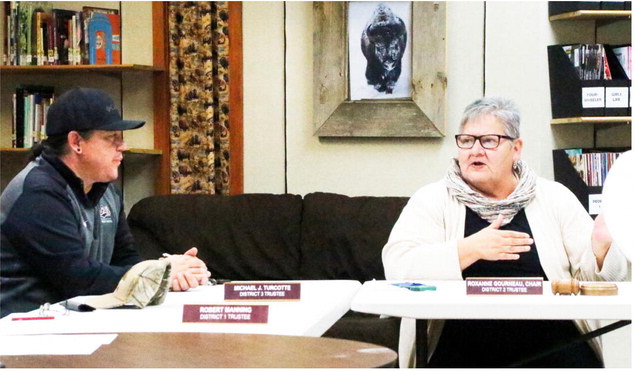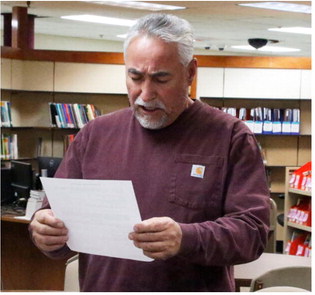NRCS Sets Conservation Program Funding Application Cutoff For March 13
The USDA Natural Resources Conservation Service in Montana has set a March 13 application cutoff for agricultural operators to be considered for the next conservation program funding cycle through the Environmental Quality Incentives Program and the Regional Conservation Partnership Program.
“NRCS provides funding and technical assistance to help farmers, ranchers and forestland owners implement conservation practices that provide environmental benefits to help sustain their operations,” said Tom Watson, NRCS State Conservationist for Montana. “Conservation work focused on local outcomes with the support of local partners and land managers achieves meaningful conservation across a landscape.”
Conservation funding is available for the following initiatives:
Capital 360 Forestry Project: This partnership project will improve forest health by integrating resource management across all administrative boundaries through reduction treatment projects strategically placed across Broadwater, Jefferson, Lewis and Clark, and Powell counties.
High Tunnel Systems:
These systems extend the growing seasons for high value crops in an environmentally safe manner. High tunnel benefits include better plant and soil quality and fewer nutrients and pesticides in the environment.
Honey Bee Pollinators:
Combats future honey bee declines by implementing conservation practices that provide forage for honey bees while enhancing habitat for other pollinators and wildlife.
National On-Farm Energy Initiative: Agricultural producers work with an NRCS-approved technical service providers to develop agricultural energy management plans or farm energy audits that assess energy consumption on an operation. NRCS may also provide assistance to implement recommended measures identified in the energy audit through the use of conservation practice standards.
National Organic Initiative: Producers currently certified as organic, transitioning to organic or National Organic Program exempt will have access to a broad set of conservation practices to assist in treating their resource concerns while fulfilling many of the requirements in an Organic System Plan.
National Water Quality Initiative: Producers implement conservation systems to reduce nitrogen, phosphorous, sediment and pathogen contributions from agricultural land in the Lower Gallatin Watershed (Camp and Godfrey Creeks).
Sage Grouse Initiative:
Landowners can work with NRCS on three different components to improve sagegrouse habitat. One is a general category to implement prescribed grazing management practices. The others are to seed cropland back to perennial species to improve the connectivity for sagegrouse that depend on large, intact landscapes and the removal of conifers to increase nest success rates.
Wildfire Adapted Missoula: A partnership project that addresses shared wildfire risk by mitigating current wildfire hazards surrounding the Missoula community via prescribed fire and thinning maintenance.
Targeted Implementation Plans: Montana NRCS targets its investments in very specific areas to achieve clearly defined natural resource goals as identified by local partners. This approach harnesses the power of multiple landowners in one area undertaking similar conservation projects to achieve a regional or landscape- scale result.
Regional Conservation Partnership Program: The RCPP promotes coordination of NRCS conservation activities with partners that offer value-added contributions to expand our collective ability to address on-farm, watershed and regional natural resource concerns. See existing RCPP Projects in Montana at https://www.nrcs.usda. gov/wps/portal/nrcs/mt/programs/ farmbill/rcpp/.
EQIP offers financial and technical assistance to eligible participants to install or implement structural and management practices on eligible agricultural land. In Montana, socially disadvantaged, limited resource and beginning farmers and ranchers will receive a higher payment rate for eligible conservation practices applied.
NRCS accepts conservation program applications year-round; however, applications for the next funding consideration must be submitted by March 13. Applications made after the cutoff will be considered in the next funding cycle. Additional information is available on the Montana NRCS website at http://www.mt.nrcs.usda.gov under the Programs tab or by contacting your local USDA service center.

